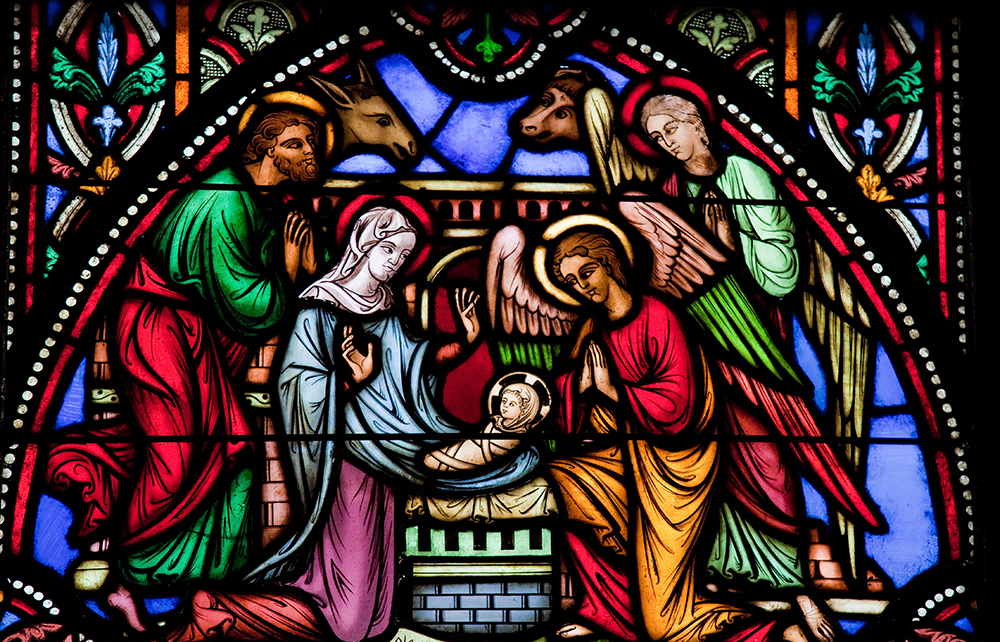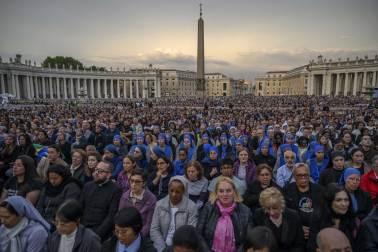Since I gave birth four years ago and then, too soon afterwards, two years later, I have deliberately become a sponge for other women’s experiences of childbirth and raising babies. I found the whole process almost unbearably difficult, and I was baffled that other women didn’t seem to be walking around sharing their birth stories with strangers in the way I was.
Matthew and Luke needed to set Jesus apart from his immediate family to emphasise the virgin birth
During Christmas 2020, amid the fog of sleep deprivation, lockdown blues and postnatal depression, I began imagining Mary giving birth in a stable with only Joseph for a midwife. I also imagined other children running around, because my two-year-old daughter was doing just that – running around shrieking, demanding to be read a story while I tried to feed her baby brother and hide my tears from them both.
Did Mary have other children? Did she feel stretched, pulled in opposite directions by the needs of more than one child? That’s how I felt when I had my second. The immediate post-birth elation was dampened the second time around by worries of how my eldest would take to the new arrival. I was fixated on the possibility (soon to be a reality) that my daughter would not happily share my attention with her new brother. Of course that wouldn’t always be the case – my two are now fast friends – but try telling that to a woman who’s just lost a bottle of wine’s worth of blood delivering a 9lb baby.
Before I had children I hadn’t even thought about Jesus as a brother, yet all four gospels and Paul mention Jesus’s brothers, sometimes by name, and Matthew and Mark refer to sisters. Matthew 13:55 names James, Simon, Joseph and Judas, the sons of Mary and Joseph the carpenter.







Comments
Join the debate for just £1 a month
Be part of the conversation with other Spectator readers by getting your first three months for £3.
UNLOCK ACCESS Just £1 a monthAlready a subscriber? Log in